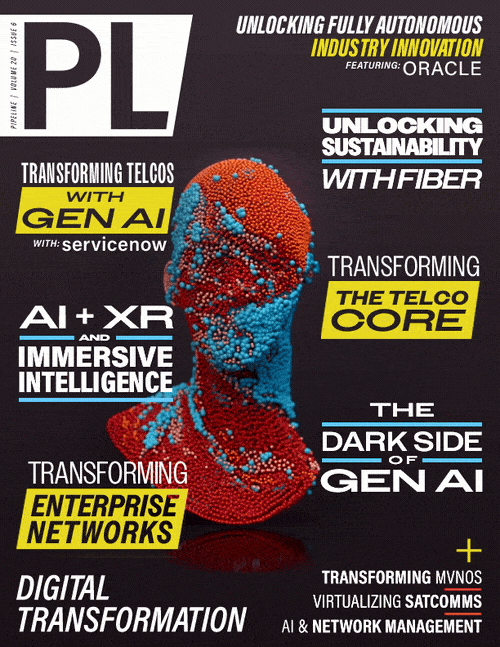Virtualizing Satellite Communications
What does Virtualize Mean?
Virtualization in the satellite sector will have to be embraced if it is to break away from being a niche communication method compared to the broader telco market. Satellite must be a
transparent communication method in larger network solutions. At present, it’s not trivial to integrate a satellite link into those wider solutions, both from a technical and business model
perspective.
The priority for satellite ground infrastructure providers will be to match new on-orbit capabilities with those on the ground. Without ground segment technology, the benefits of NewSpace can’t
be realized and, as with satellites, the ground segment must also become software defined, agile and flexible. To do this, it will need to be virtualized by a move from physical hardware to
software to enable it to embrace new use cases and improve overall operational efficiency. This process will involve every aspect of the satellite ecosystem: teleport, gateways, operators,
service providers, and ground system vendors. It will ultimately result in reduced costs and complexity and create opportunity to expand markets.
Given that the sector has been slow to adopt an open architecture, by assuming best practices from the telco and IT worlds, the satellite industry can adapt to the needs of the market and advance
to adoption much more quickly. Creation of a fully digital ground segment also means that it can also better integrate to enable 5G and the network of networks.
Establishing a Standard
Standards are a critical part of ground segment evolution. Converting hardware into software where it is installed and managed remotely via third-party data centers will give satellite operators
more flexibility over their networks and speed up how quickly they can respond to customer demands.
The digitization of teleport infrastructure will mean that their functionality can be run on private or public cloud platforms. Cloud Service Providers (CSPs) are preparing to accommodate
satellite technology and standards will be a big enabler in making this happen.
The telco industry embraced standards such as 3GPP and MEF long ago and runs on an open architecture. The Digital Intermediate Frequency Interoperability (DIFI) Consortium was created to develop
a standard that will enable the digital transformation of space, satellite, and related industries by providing a simple, open, interoperable digital IF/RF standard that replaces the natural
interoperability of analogue IF signals and helps prevent vendor lock-in.
Members of DIFI have already worked to create an open and transparent standard, developed and adopted not by vendors alone but by users, operators and vendors working together. It’s critical that the standard meets the very wide range of needs but without becoming too expensive or complicated to implement. Instead, it must reduce total cost of ownership whilst boosting network and terminal agility and must be able to allow the ground segment to deal with evolving payloads, orbits and constellations. Kept simple, the standard will be rapidly adopted.
Leveraging the DIFI standard, the management of the teleport will be simplified. The standardization will result in flexible delivery over IP connectivity; in simplified maintenance as teleports
will draw upon one common pool of human resources; and will also allow for the use of COTS hardware which in turn will result in lower costs.
A New Golden Era
Though this is the start of a journey for the satellite sector, the virtualization and standardization that will transform it will open up a world of opportunities for the entire satcom industry, enabling use cases that are only just emerging – and some that haven’t even been anticipated yet! However, to make this happen, the industry has to come together and work as one to establish the standards that need to be put into place to achieve success. Once realized, the virtualization of the sector will open the door on a new, golden era for satellite communications.



















